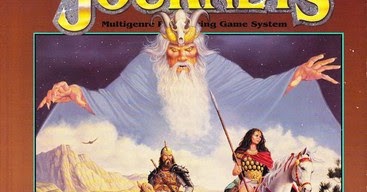doctorbadwolf
Heretic of The Seventh Circle
The D&D sixsome is more like the QWERTY keyboard.
The QWERTY is bad design. It was literally designed to be bad, to prevent people from typing too quickly. But even decades later, after the original mechanical issues no longer exist, the culture still uses the bad design.
Why does a culture insist on using a bad design?
Part of the reason is, it is bad, but serviceable enough to be adequate. The combination of bad but doable makes people invest enormous personal energy to try to make it work. This investment creates commitment. After everything in the industry is built and standardized around this bad design, there is strong resistance to improving it.
And that is why D&D 5e still has a sixsome.
Also, QWERTY isn’t going anywhere because relearning the implicit memory functions of how to type is a worse proposition in every way than the fairly mild benefits of any other keyboard design.
A better thing to use QWERTY as an analogy for would be “why people make DnD work for playing magical cyberpunk when there is a whole game built to do exactly that”. Using the very very familiar thing is just easier than learning an entirely new system of fairly equal complexity and depth.
None of which is [the whole of] why the 6 scores remain.
6 reigns because it’s better than most alternatives, and it’s very very easy to understand, and thus to learn to use.




